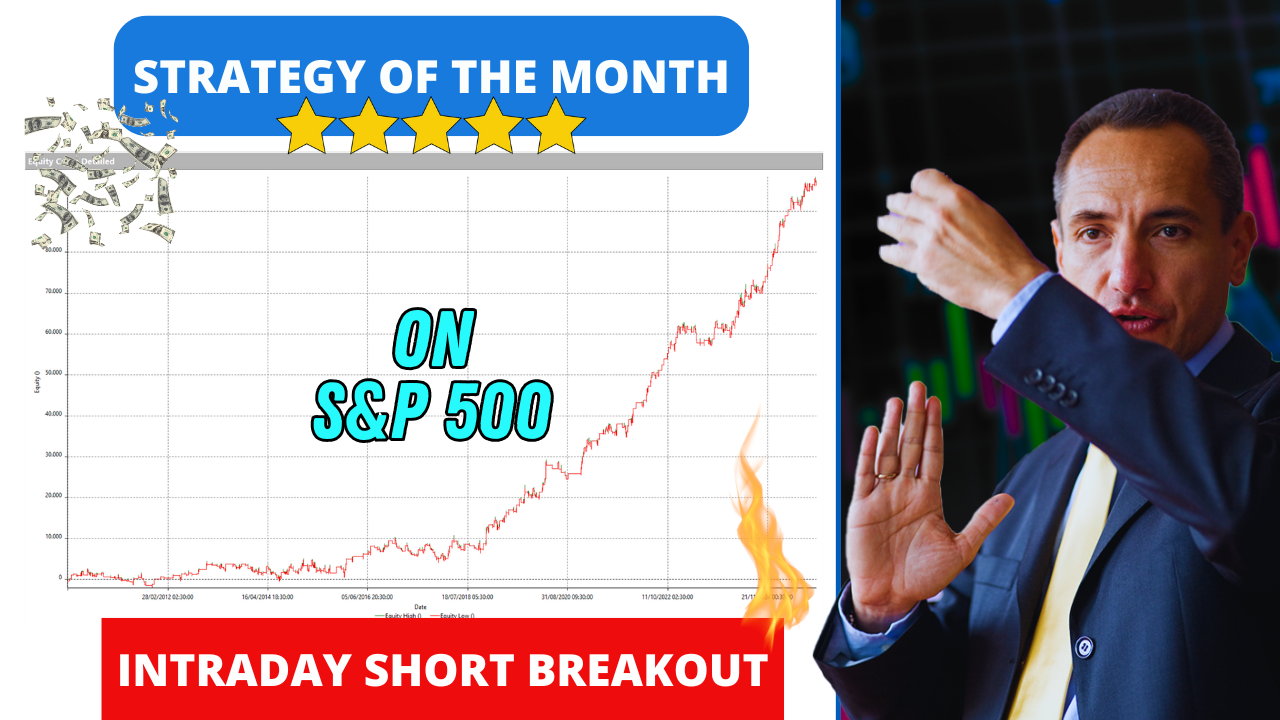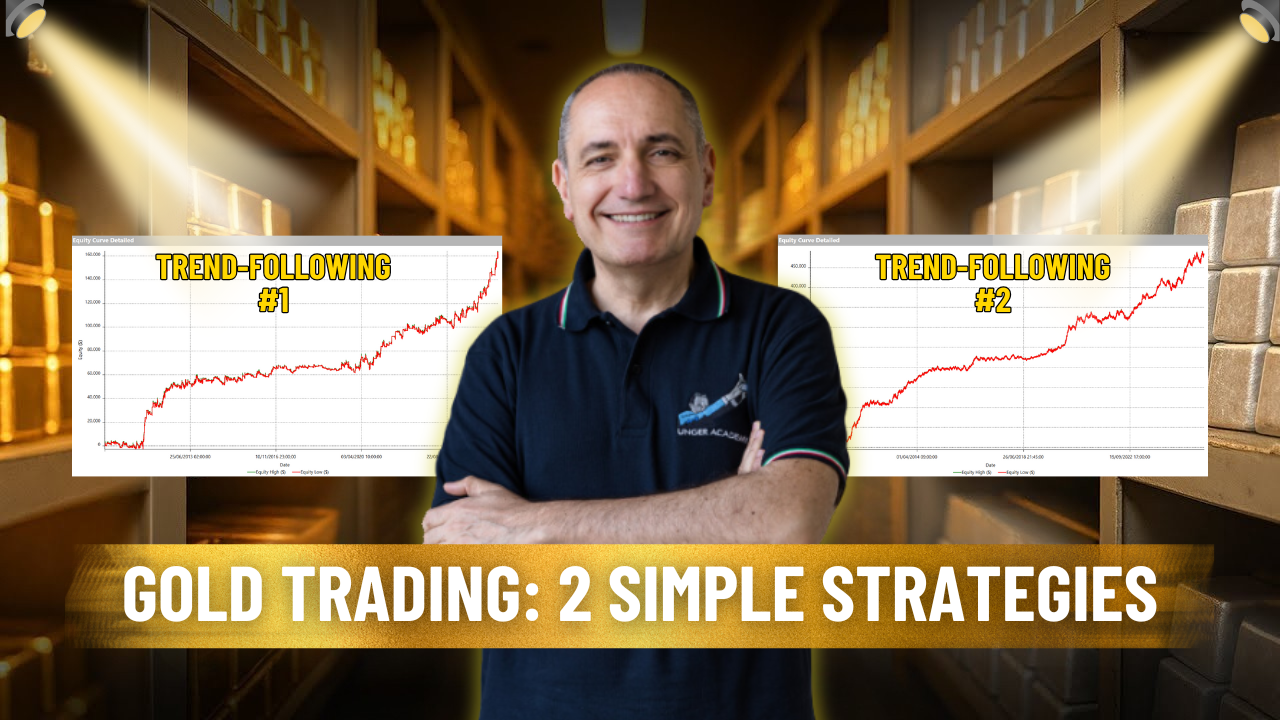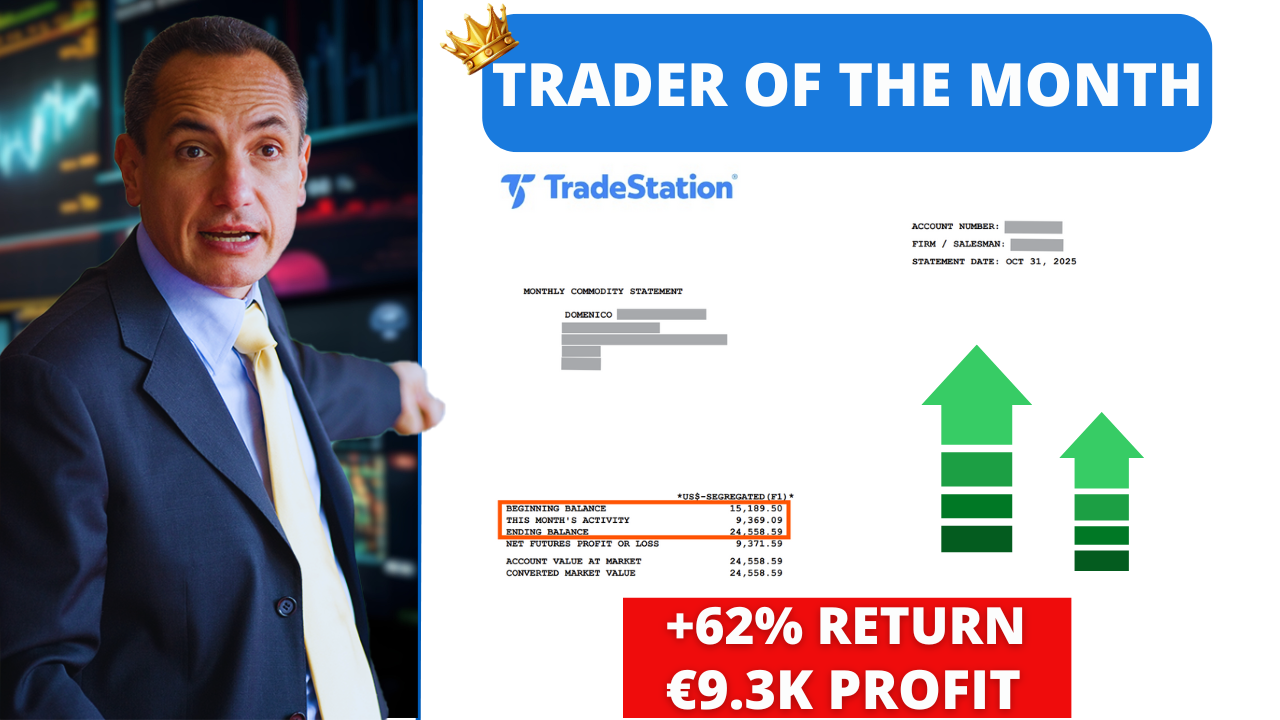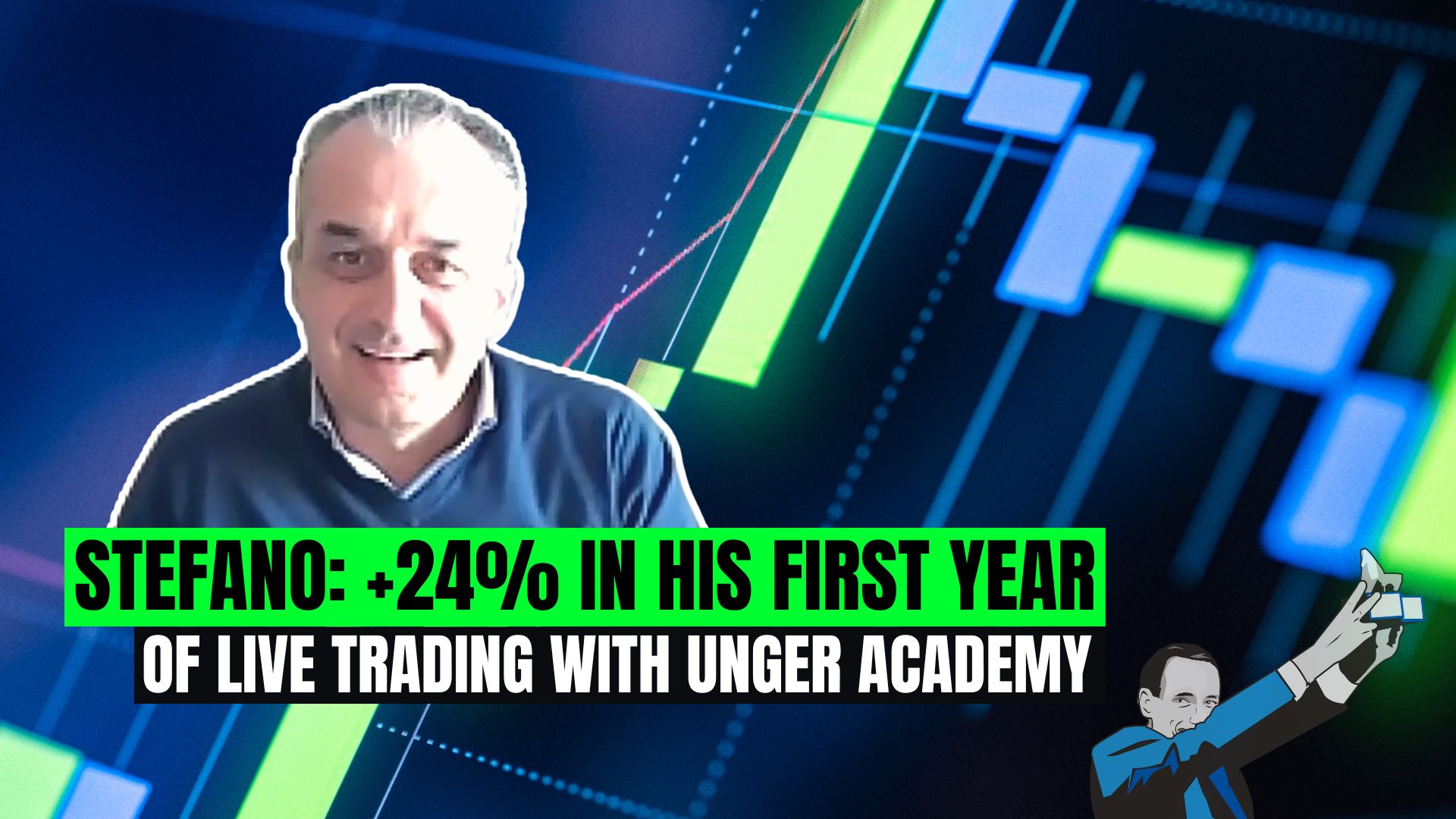Hi guys and welcome to this new video. Today I would like to conclude the discussion on the ADX already started in a recent video. I’ll leave here the description of the video, so if you haven’t done it yet, please go and watch it before listening to this video.
Trading systems based on the ADX
Today I would like to build with you an approach proposed by Wilder Welles in person. This consists in the creation of a real trading system proposed by Welles on the usage of the ADX. We will therefore see how to exploit this indicator in practice, we will look together at the results, and then we’ll decide whether or not to operate according to his instructions.
I’m Davide Tagliabue, one of the coaches at the Unger Academy. But, before we get started, I invite you to subscribe to this channel as you hear the bell to stay up to date with the release of new videos.
Wilder Welles’s Trading System
So, let’s get started with the description of the strategy. Here you can see a daily chart of the future on DAX and down here you may see three levels – three indicators. The first one, the yellow line, is related to the ADX value, then the second line – the light blue line – regards the plus directional indicator, and the minus directional indicator is indicated by the red line.
But, which are the rules of this trading system? Well, Welles suggests to go long if the plus directional indicator crosses above the minus directional indicator – and vice versa. In this way, he wants to enter in the direction of the trend, so if the plus directional indicator increases in value compared to the minus directional indicator, it means that the market is growing, and therefore it is considered appropriate to operate in the upward direction. There is also a filter in the operation. Welles recommends to stop operating if the ADX is below both the plus and minus directional indicator.
The last rule regards the number of periods used in the calculation of the ADX, and Welles suggests to use 14 periods. 14 periods built by daily charts, so 14 days. Let’s take an example: Consider this bar, for example. Here you can see that the plus directional indicator is below the minus directional indicator and after this bar, these two levels cross, so the plus directional indicator crosses above the minus directional indicator. This is the signal. After this signal, we send a stop order that is triggered at the level that corresponds to the high of the current bar, so the next day we will set a stop order at this level and if this level is touched, then we go long in order to follow this up trend. Here you can see that actually the trend occurred.
So after that, we had a very red bar here and this bar entails another cross, the plus directional movement crosses below the minus directional movement, and this is another signal – in this case a short signal – related to the low of this bar. So, you can see here we went short on this level just to try to follow the down trend that was occurring during these days.
How can we code this idea? Well, in Easy Language, it’s very very simple. Here is the example of this trading system. Here you can see the input of the strategy – 14, that is the number of days considered for the calculation of the ADX. Here we have another input related to the ADXR, this is another parameter concerning the trading system of Welles. Its contribution can be neglected for the purpose of this video. What I want to highlight in this code is the line number 8. In this line, with the function called DirMovement, we can calculate the ADX value, the plus directional indicator, and the minus directional indicator. Remember all the calculations we did in the previous video? Well, all these calculations are related only to these lines, to these very little pieces of code.
Coming to the core of our trading system, here you can see the condition of the value of the ADX with respect to the plus and minus directional indicators, so if the ADX is above the minus directional indicator or above the plus directional indicator, then we can check if there is a cross or not between these two values. So, if plus directional indicator crosses above the minus directional indicator, then we impose the condition to go long, so OKLong condition = true, and we set our entry level to the high of the current bar, so the high of today. The opposite of course will apply to the short side of the strategy. So if OKLong = true, then buy next bar, so we will enter a long position with a stop order at the high of today. And that’s it – these are the main rules of this trading system.
What can we do now? We can test the strategy with a very diversified basket of futures – here we are using Portfolio Trader, one of the applications of MultiCharts, and here are the futures we are dealing with today. So you may see futures regarding currencies or commodities like gold, copper, heating oil, and last but not least, also futures on equity index. We are performing the backtest from the first of January 2010 to these days, and let’s see what happened. Here is the performance report and – oh gosh – what happened here? We studied the ADX, we followed the rules of Wilder Welles, we exploited the ADX meaning following the rules of Welles himself, and we end up with this. We end up with a strategy that loses money, so we are losing $300,000 since 2010.
And so what? Should we toss everything into the trash? Of course not. Why not? No, because Welles built it 50 years ago and the market at that time was very different from the market of today. The same principles apply also to the market cycles. So, instead of following the strength or weakness of the market, we can try a different approach. Maybe if the plus directional indicator crosses above the minus directional indicator, it means that the trend is at its end, and we may think to enter the market in the opposite direction.
So, instead of using stop orders, we can try to use limit orders for example, and that’s what we can try to do now.
Adjustment to today’s market
So, starting from the previous trading system, we can now change the order so, we can employ the same rules from before, so the rules regarding the ADX value, the crossing of these two indicators, then the collection of the high and low levels for our entries, and then instead of buying with a stop order at the high of the current bar, now we are selling at this level, so we will set a sell limit order at this level and then of course we can mirror our strategy so we will set a limit order in correspondence to the low of the current bar. Here are the limit orders, and let’s see what we can do now with this new trading system.
Let’s go back to our Portfolio Trader application, let’s close this backtest, and then we can try this new approach to the market of today. So let’s try the backtest and the final results of course will be positive, right? So, we are leading now with a strategy that is almost the opposite of the previous strategy. Not the real opposite strategy because there are a few differences between these two, but we can see that we are starting with a very simple approach that is profitable on the market of today. Forget these little periods – of course we do not have any take profits, stop loss, risk management, and also the size of the positions are left free so we are dealing with just one contract for each future, so this is a very good, a very strong starting point for developing new strategies, new trading systems, and it’s true, we can exploit the value of the ADX to be profitable on the markets.
Conclusions
So coming to the conclusion, we could say that Welles became famous for inventing the ADX and not for making money with it. Joking apart, the theory is very important – the key point is that the theory is very important but it’s like too much of a good thing. We need to make our simulation based on operativity and not on theory only – and we have seen that in MultiCharts, it is very easy to do. So the key point is to be curious, investigate, and go in-depth into things.
If you want to learn more about how to build a trading system like the one we have just seen today, or maybe if you want to code your own strategy, you can find a link in the description. It’s a webinar from Andrea Unger. In this webinar you will find out which are the main steps to build a profitable trading system, you will learn how to build a diversified portfolio of automated strategies, and how to find an edge over other traders and professionals in this sector.
Finally, if you like this video, please press the like button and subscribe to our channel in order to remain up to date with the upload of new videos.
That’s all for today, thank you for watching, and see you next time!







